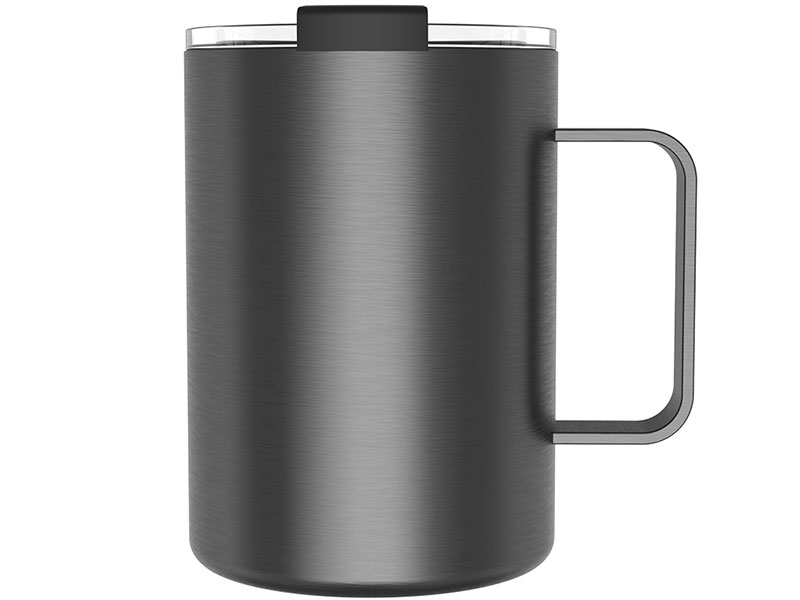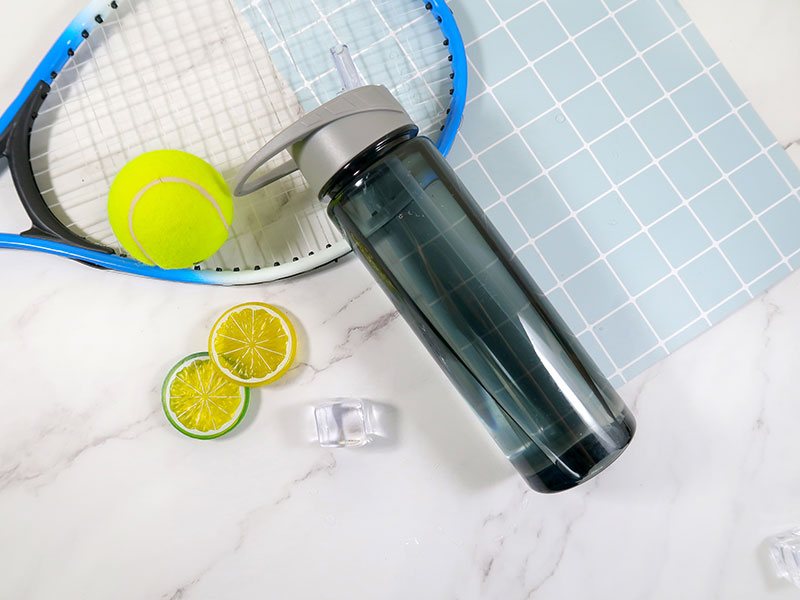When choosing stainless steel water bottles for wholesale or private-label branding, understanding material differences is essential. The two most common food-grade stainless steels used in drinkware are 304 and 316. Both are high-quality, durable, and safe, but they perform differently in certain environments.
This guide explains the key differences so you can select the right material for your market and product strategy.
What Is 304 Stainless Steel
304 stainless steel, also known as 18/8 stainless steel, is the most widely used grade in the drinkware industry. It contains 18 percent chromium and 8 percent nickel, offering strong corrosion resistance, stability, and durability for everyday use.

Key performance features
304 stainless steel water bottles are safe for food contact, resistant to rust, and perform well with both hot and cold beverages. They are cost-effective, making them a popular choice for large-volume production, promotional drinkware, custom logo bottles, and mainstream consumer markets.
Best use cases
Brands typically choose 304 stainless steel for daily hydration products, sports bottles, school and office water bottles, and general insulated bottles where quality and value are equally important.
What Is 316 Stainless Steel
316 stainless steel, sometimes referred to as marine-grade stainless steel or 18/10 stainless steel, contains additional molybdenum. This element significantly improves corrosion resistance, especially in environments with salt, humidity, and acidic liquids.
.jpg)
Key performance features
316 stainless steel delivers enhanced durability, stronger chemical resistance, and improved performance in harsh environments. It maintains stability under high temperatures and long-term usage, which is why it is also used in medical and professional settings.
Best use cases
316 stainless steel is well suited for premium insulated bottles, high-end coffee tumblers, outdoor and marine bottles, and hydration products marketed to athletes, adventure consumers, and users in coastal regions.
Main Differences Between 304 and 316 Stainless Steel
The primary difference between 304 and 316 stainless steel lies in their corrosion resistance and durability level. Both materials are food-safe, strong, and long-lasting. However, 316 stainless steel provides superior resistance to salt and acidic environments, making it more suitable for premium products and specialized markets.
304 stainless steel is more affordable, widely used, and suitable for most daily-use stainless steel water bottles. For brands targeting value, volume, or broad consumer markets, 304 stainless steel is typically the best option. For high-end product lines and demanding environments, 316 stainless steel offers a performance advantage.
Safety and Performance
Both 304 and 316 stainless steel are considered food-grade materials and are safe for hot and cold beverages. They do not leach chemicals, are easy to clean, and perform well when paired with double-wall vacuum insulation technology. This combination helps maintain beverage temperature and prevents condensation on the bottle surface.
Why Stainless Steel Is Better Than Plastic
As consumers increasingly seek sustainable and long-lasting drinkware options, stainless steel has become the preferred choice over plastic. Stainless steel bottles are reusable, durable, and free from BPA and other chemicals associated with plastic. They also offer a premium look and feel, which supports branding and resale value.

Choosing the Right Option for Your Brand
If your goal is cost-effective, large-scale production for retail, corporate gifting, or e-commerce, 304 stainless steel water bottles provide strong performance at a competitive price.
If your brand is focused on premium positioning, outdoor adventure markets, or customers in coastal or high-humidity environments, 316 stainless steel delivers a higher level of durability and protection.
Ultimately, the right choice depends on pricing strategy, target users, and brand positioning.


.jpg?x-oss-process=image/resize,m_pad,h_184,w_260)



 English
English German
German French
French Russian
Russian Spanish
Spanish Japanese
Japanese Korean
Korean Khmer
Khmer Portuguese
Portuguese Ukrainian
Ukrainian Arabic
Arabic
